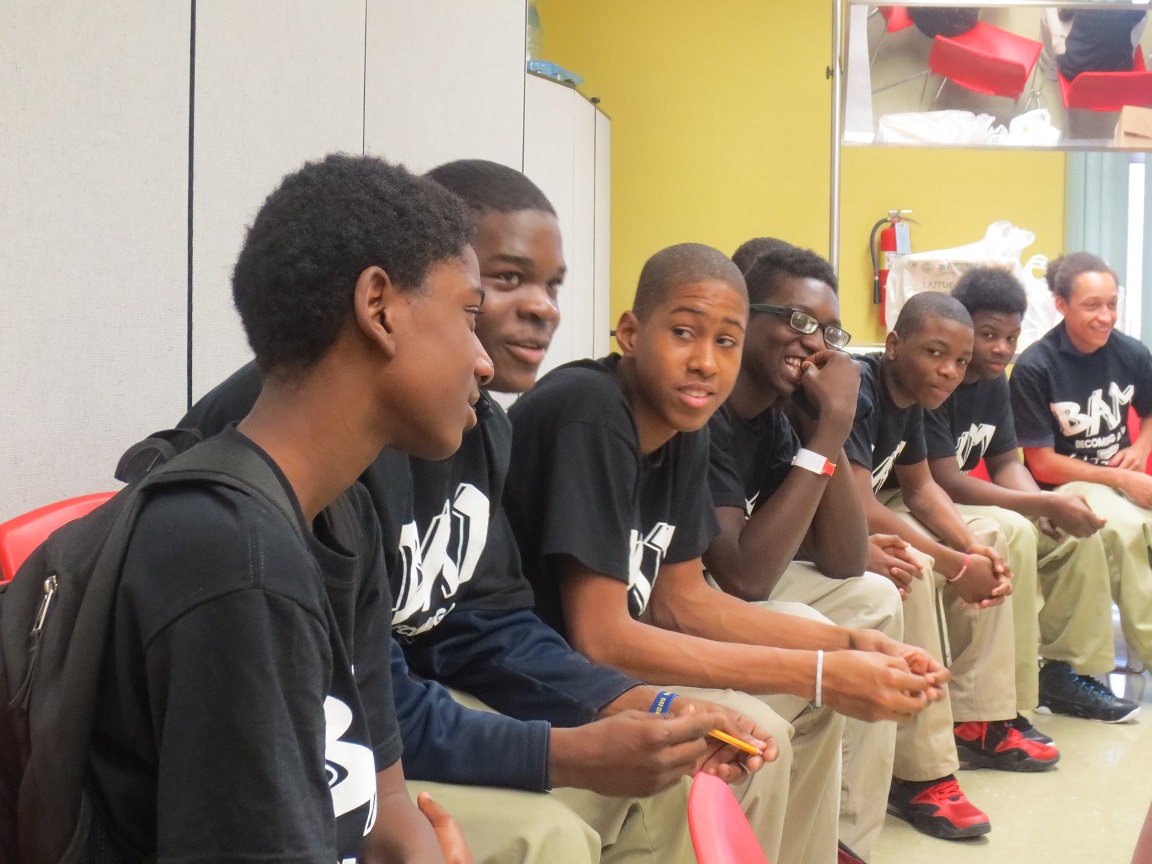Abstract
Improving the long-term life outcomes of disadvantaged youths remains a top policy priority in the United States. Unfortunately, long-term progress in improving outcomes like high school graduation rates and reduction of violent crime has been limited, partly because finding ways to successfully improve outcomes for disadvantaged youths (particularly males) has proven to be challenging. We believe one reason so many previous strategies have failed is because they at least implicitly assume that young people are forward-looking and consider the long-term consequences of their actions before they act. But a growing body of research in psychology and behavioral economics suggests that a great deal of everyone’s behavior happens intuitively and automatically, with little deliberate thought. Although it is often helpful for us to rely on automatic responses to guide our daily behavior, doing so can also get us into trouble, with consequences that are particularly severe for young people growing up in distressed urban areas where gangs, drugs, and guns are prevalent. We thus propose that the federal government aim to provide each teenager living in poverty in the United States with one year of behaviorally informed programming, intended to help youths recognize high-stakes situations when their automatic responses may be maladaptive. Such a program could teach young people to slow down and think about what they are doing, or could help them “rewire” their automatic responses. Our team has carried out several randomized controlled trials in Chicago that demonstrate that this approach, which is a version of what psychologists call cognitive behavioral therapy, can reduce arrests for violent crime by 30 to 50 percent, improve schooling outcomes, and generate benefits to society that may be up to thirty times the program costs. We suggest that the federal government scale up the program over five years, and that it combine this scale-up with rigorous evaluation to learn more about how best to implement (and, if needed, modify) the program at scale in different contexts across the country. The demonstration phase of the project would cost $50 million to $100 million per year over five years, while the at-scale cost would be $2 billion annually. The demonstration and eventual scale-up would be led by the Coordinating Council on Juvenile Justice and Delinquency Prevention. If successful, this effort would improve the long-term well-being of our nation’s most disadvantaged young people, reduce crime, improve schooling attainment, reduce income inequality, and enhance the nation’s overall economic competitiveness.




